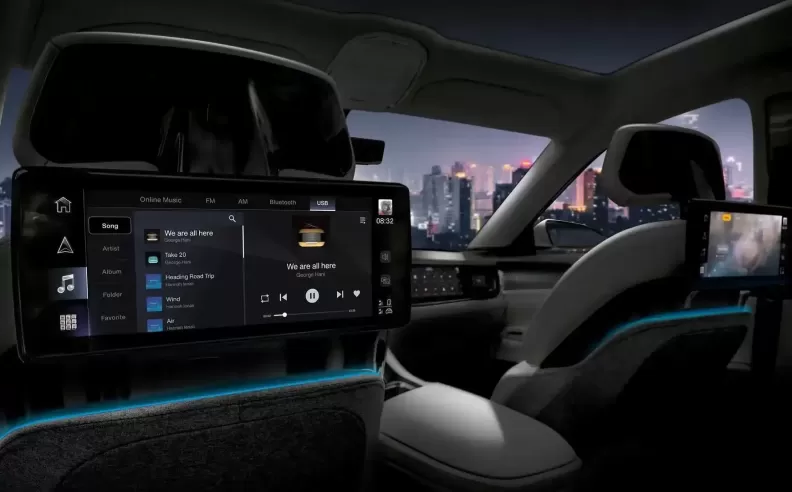
The world of automotive technology has witnessed rapid advancements over the years, with innovations that focus on enhancing convenience, security, and user experience. One such remarkable evolution is the integration of biometric technologies, specifically fingerprint and facial recognition, to unlock and start vehicles. The development and implementation of these biometric features have not only simplified the way we interact with our cars but have also significantly enhanced security measures.

Biometric technologies have gained prominence due to their ability to provide secure and convenient authentication methods that go beyond traditional passwords and keys. Fingerprint and facial recognition are two key players in this domain that have found their way into the automotive industry.
Fingerprint Recognition:
Fingerprint recognition is based on the unique patterns and ridges present on an individual's fingertips. These patterns, known as minutiae points, are distinctive to each person, making it a highly reliable method of authentication. Fingerprint recognition technology has been used extensively in various applications, from smartphones to access control systems, and its integration into cars was a natural progression.
Facial Recognition:
Facial recognition, on the other hand, uses algorithms to analyze and identify unique facial features, such as the distance between the eyes, the shape of the nose, and the contour of the face. Advancements in image processing and deep learning have enabled facial recognition systems to accurately identify individuals, even in varying lighting conditions and angles.

The automotive industry has embraced biometric technology as a means to enhance security while providing a seamless user experience. The integration of fingerprint and facial recognition into vehicles serves multiple purposes:
Keyless Entry and Ignition: One of the primary applications of biometric technology in cars is the elimination of physical keys. With fingerprint or facial recognition, drivers can unlock their vehicles and start the engine without the need for a traditional key. This not only reduces the risk of lost or stolen keys but also simplifies the process of accessing the vehicle.
Personalized Settings: Biometric technology allows vehicles to recognize individual drivers and adjust settings accordingly. From seat positions and climate control preferences to infotainment presets, the car can create a personalized environment for each authorized user.
Enhanced Security: Fingerprint and facial recognition provide a higher level of security compared to traditional keys or key fobs. The uniqueness of biometric features makes it significantly harder for unauthorized individuals to gain access to the vehicle.
Anti-Theft Measures: The integration of biometric authentication can act as a deterrent against vehicle theft. Even if a thief manages to physically access the car, they would still require the authorized user's biometric data to start the engine.
While the integration of fingerprint and facial recognition into cars offers numerous benefits, there are also challenges to consider:
Accuracy and Reliability: Biometric systems need to be highly accurate and reliable to prevent false positives or negatives. Variations in lighting, environmental conditions, or changes in appearance can impact the performance of these systems.
Data Privacy and Security: Storing biometric data raises concerns about privacy and security. Manufacturers must implement robust encryption and authentication protocols to safeguard user information.
Usability: The user experience should be intuitive and user-friendly. Biometric systems need to work quickly and seamlessly, ensuring that drivers don't face delays or frustration during the authentication process.
Technological Advancements: Ongoing advancements in artificial intelligence and machine learning will likely lead to even more accurate and efficient biometric systems. These advancements could address current limitations and improve the overall performance of these technologies.
The integration of fingerprint and facial recognition technologies into vehicles represents a significant leap forward in both convenience and security. By eliminating the need for physical keys and enabling personalized settings, biometric authentication enhances the overall driving experience. As technology continues to evolve, we can expect these biometric features to become even more accurate, reliable, and seamlessly integrated into the fabric of our daily lives, making our interactions with vehicles not only more secure but also more intuitive and efficient.

Wael is an automotive content writer specializes in creating written content for Motor 283. Producing a wide range of content, including blog posts, articles, product descriptions, reviews, and technical guides related to cars, trucks, motorcycles, and other vehicles, with an unprecedented passion for cars, and motorcycles.
